Now Reading: I Read Gary Halbert’s Boron Letters: 5 Brutally Honest Lessons on Marketing & Sales
-
01
I Read Gary Halbert’s Boron Letters: 5 Brutally Honest Lessons on Marketing & Sales
I Read Gary Halbert’s Boron Letters: 5 Brutally Honest Lessons on Marketing & Sales


I read the Boron Letters by Gary Halbert, Here are the five biggest lessons.
You might be wondering: What are The Boron Letters? And what is the summary of the Boron Letters by Gary Halbert?
This article will share the most important lessons I learned from reading The Boron Letters, written by one of the masterminds behind copywriting and marketing, Gary Halbert. I’ll also explore how his teachings can be adapted in 2025.
Table of Contents:
A Summary Of The Boron Letters by Gary Halbert
Initially published in 2013, The Boron Letters is a collection of letters Gary Halbert wrote to his son, Bond Halbert, while serving time in Boron Federal Prison. These letters contain personal advice, marketing wisdom, and insider tactics on copywriting and direct mail advertising.
I discovered this book after watching a YouTube series by Ecom Soup, which focuses on copywriting, creativity, and life skills. Since copywriting and eCommerce play a big role in my marketing work, I was intrigued. David, the founder and lead personality in this YouTube series, stated that the Boron Letters were an essential part of his businesses. When new employees start working they are encouraged to read a copy of Gary Hilbert’s work. I bought a copy of The Boron Letters via Amazon Kindle.
Why Did Gary Halbert Go To Jail?
To give context to the letters, Gary Halbert faced legal issues, including tax fraud in the 1980s, which led to his imprisonment. During his sentence, he wrote 25 letters to his son, Bond, passing on invaluable life and business lessons.
My 5 Biggest Takeaways from The Boron Letters
Here are my five biggest takeaways and lessons I learnt about marketing and copyrighting after reading The Boron Letters by Gary Halbert:
1. Keep A Swipe File
One of the first major lessons is the importance of maintaining a swipe file—a collection of marketing materials that serve as inspiration for your own work.
Here’s how a swipe file can be used in different areas of marketing:
- Advertising: Collect great examples of social media ads, streaming service ads, TV commercials, direct messages (DMs), SMS campaigns, and print ads.
- Email Marketing: Save compelling subject lines, email designs, and copy styles from top-performing campaigns.
- Social Media Marketing: Compile engaging TikTok videos, Instagram Reels, and viral posts (p.s. I have a list of viral TikTok trends to help you)
- Content Marketing: Gather well-structured blog posts, case studies, reports, and whitepapers as references.
- SEO: Bookmark high-ranking websites, effective CTAs, and successful digital PR content.
Gary emphasizes that “fortunes are made by men and women who know what’s going on in their fields.” Staying updated on industry trends, studying top-performing content, and continuously learning from competitors can give you a competitive edge.
2. Use Simple Words, Short Sentences, and Paragraphs
Halbert stresses the importance of clarity and readability in copywriting. This applies to everything—blog posts, social media captions, emails, and advertisements.
Some key takeaways from his advice:
- Use simple, everyday language—avoid jargon and complicated terms.
- Keep sentences and paragraphs short to improve readability.
- Incorporate transition words to create a natural flow.
- Ask questions to engage the reader and guide them through your message.
For example:
How do we get the benefits? The answer is simple. All we have to do is…
This technique builds a connection with the reader and makes them reflect on their own needs and challenges.
3. Sell at the Right Time
It’s so important to understand when it’s the right time to sell something.
Halbert says, “I don’t want him to realise that I want to sell him something until I am well into my pitch.”
This principle is incredibly relevant today, especially with the rise of digital marketing and short-form video content. People don’t want to feel like they’re being sold to immediately. Instead, you should:
- Start with an attention-grabber (a strong hook).
- Tell a compelling story that builds intrigue and emotion.
- Introduce the solution naturally, making the audience feel like they’ve discovered it themselves.
By doing this, not only are you drawing the reader’s attention, but you are essentially guiding them to draw pictures in their mind. For example, it could be creating “pictures of pleasure” in the reader’s mind of enjoying a vacation at a beautiful beachy location like Hawaii or similar.
A great example of this is entrepreneur Sabri Suby (aka the Internet Daddy) who is well-known in Australia for his comedic and engaging videos selling his “Sell like Crazy” book or his digital marketing agency King Kong.
In many of his campaigns, similar to Gary Halbert’s philosophy, he uses the strategy to first make prospects question their current approach, before subtly leading them toward the right solution.
In a recent campaign called the “Algorithms Secret Sauce”, he paints the picture that there’s some magical “Mark Zuckerberg Portion” that’s the secret hack to seeing sales and business Success.
He then juxtaposes this to make the audience realise that in reality, it isn’t how it is in the real business world. Later, he then eventually makes his sales pitch. Not only does Sabri make this ad more engaging through storytelling, but it also builds trust in the audience and makes them think to themselves that perhaps they need to reconsider their approach to getting leads and having business success.
4. Use The AIDA Formula
The fourth lesson derives from the previous lesson of ensuring that your pitch comes at the right time. Gary Hilbert recommends the use of the AIDA formula to make compelling copy. The ADIA formula in copywriting combines the elements of attention, interest, desire, and action.
The AIDA formula for copywriting is used in this way:
- First, grab his attention
- Second, get him interested
- Third, make him desire what you are selling
- Compel him to take whatever action is needed to get whatever it is you are selling.
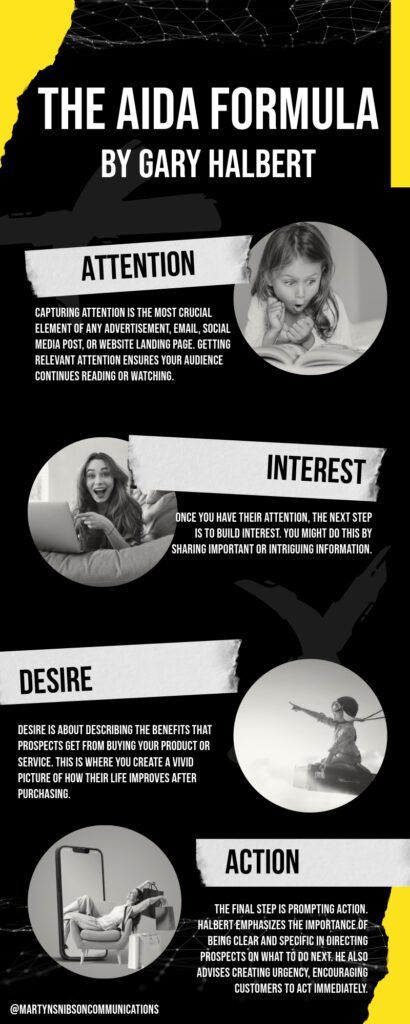
Attention:
Capturing attention is the most crucial element of any advertisement, email, social media post, or website landing page. If you fail to grab attention, your audience won’t progress to the next stages of interest or desire. Getting relevant attention ensures your audience continues reading or watching.
In The Boron Letters, Halbert mentions small gimmicks he learned over time, such as attaching coins or small valuable items to direct mail to grab attention. In modern marketing, this could be an email that includes a small coupon code or a teaser hinting at an important reveal later in the content to keep the audience engaged.
Interest:
Once you have their attention, the next step is to build interest. You might do this by sharing important or intriguing information. For example, if your business donates a portion of sales to charity, you could highlight key statistics or past successes, such as: “X number of children went to school without meals this year in Australia.” This helps build an emotional connection.
Desire:
Desire is about describing the benefits that prospects get from buying your product or service. This is where you create a vivid picture of how their life improves after purchasing.
For example, if you’re selling a warm doona, your messaging should focus on comfort and warmth—painting a scenario where the customer enjoys a cozy night’s sleep during a freezing winter.
Action:
The final step is prompting action. Halbert emphasizes the importance of being clear and specific in directing prospects on what to do next. He also advises creating urgency and encouraging customers to act immediately.
Some effective urgency-driven techniques include:
- “Order in the next 5 minutes for an exclusive discount!”
- “Limited spots available—secure yours today!”
- “Be one of the privileged few to access this offer.”
5. Find a Market First, Then Create a Product
One of Halbert’s most crucial lessons is: to find a market first, then develop a product. Many businesses make the mistake of creating a product first and then trying to find an audience for it.
Instead, Halbert’s method involves:
- Researching hot markets – Identifying an audience with a proven demand.
- Testing marketing approaches – Running small-scale campaigns before launching at full scale.
- Refining the offer – Adjusting based on feedback and response rates.
This principle remains critical in 2025. Even the best product will fail if there isn’t a market for it.
In my experience in marketing, I can say that Gary Halbert’s approach is incredibly practical. Even if you have a product that solves a real problem and is award-winning, it won’t succeed if there isn’t a strong market demand for it.
Final Word
Gary Halbert’s The Boron Letters is a must-read for anyone in marketing, copywriting, or business. His strategies—though originally applied to direct mail—are just as relevant in the digital era.
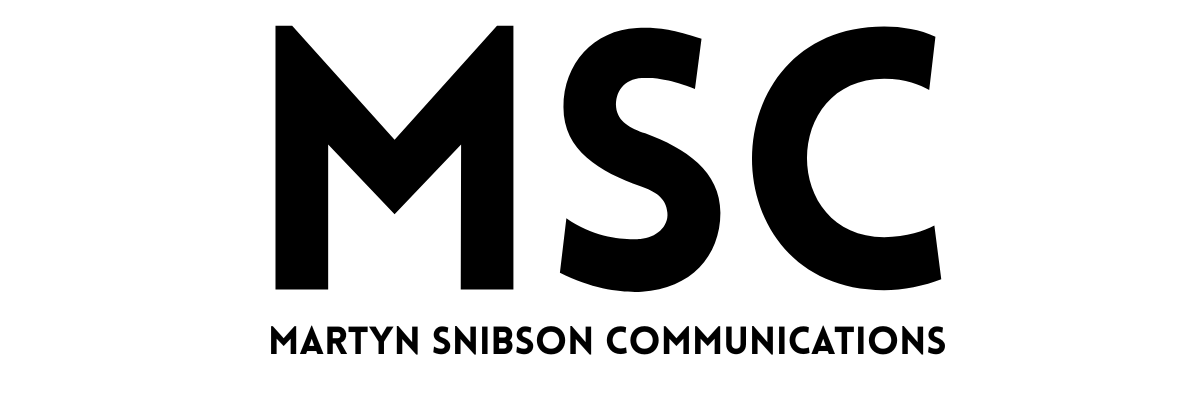
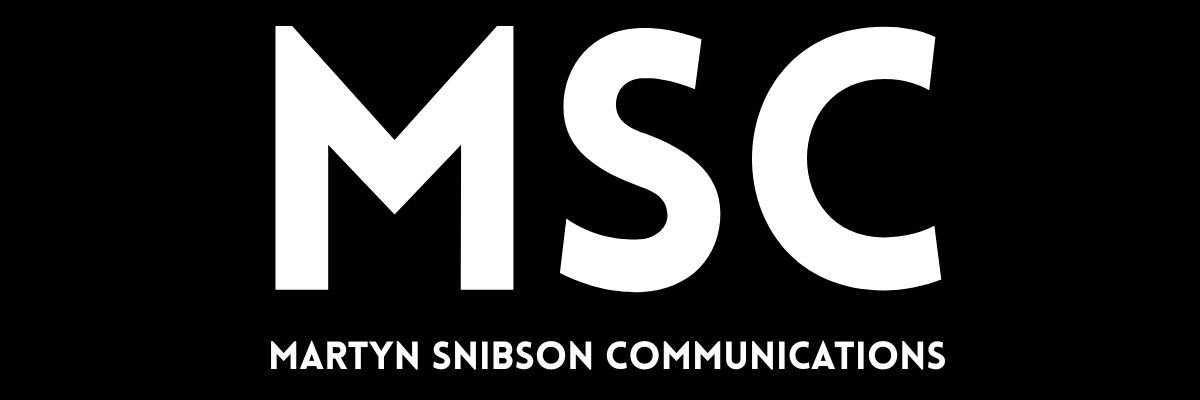
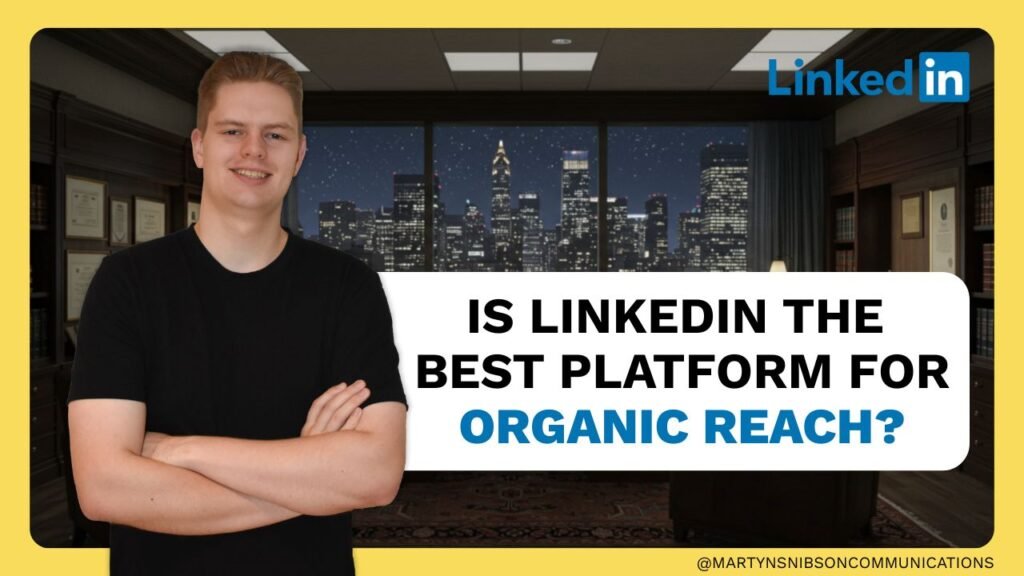

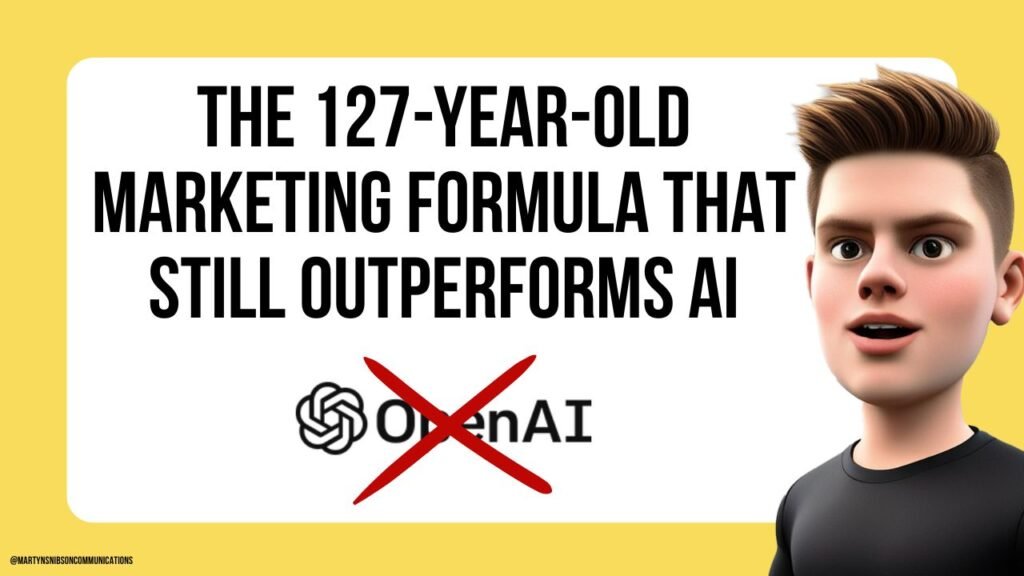

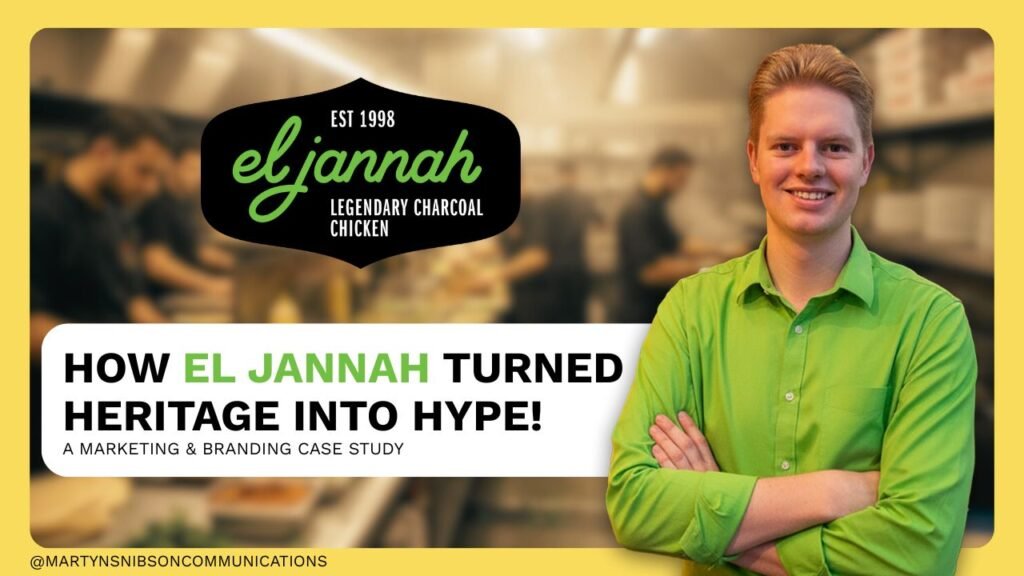
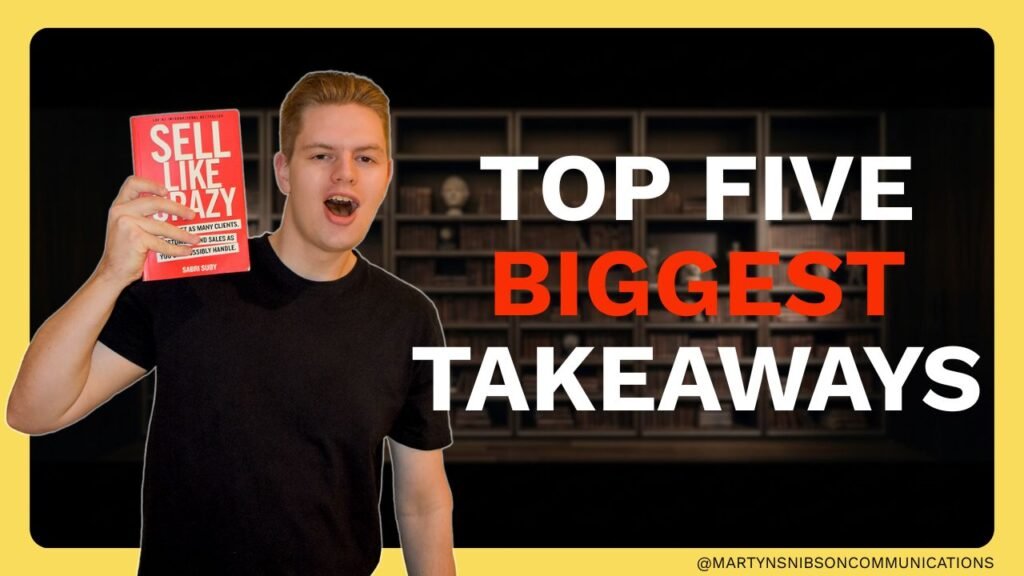

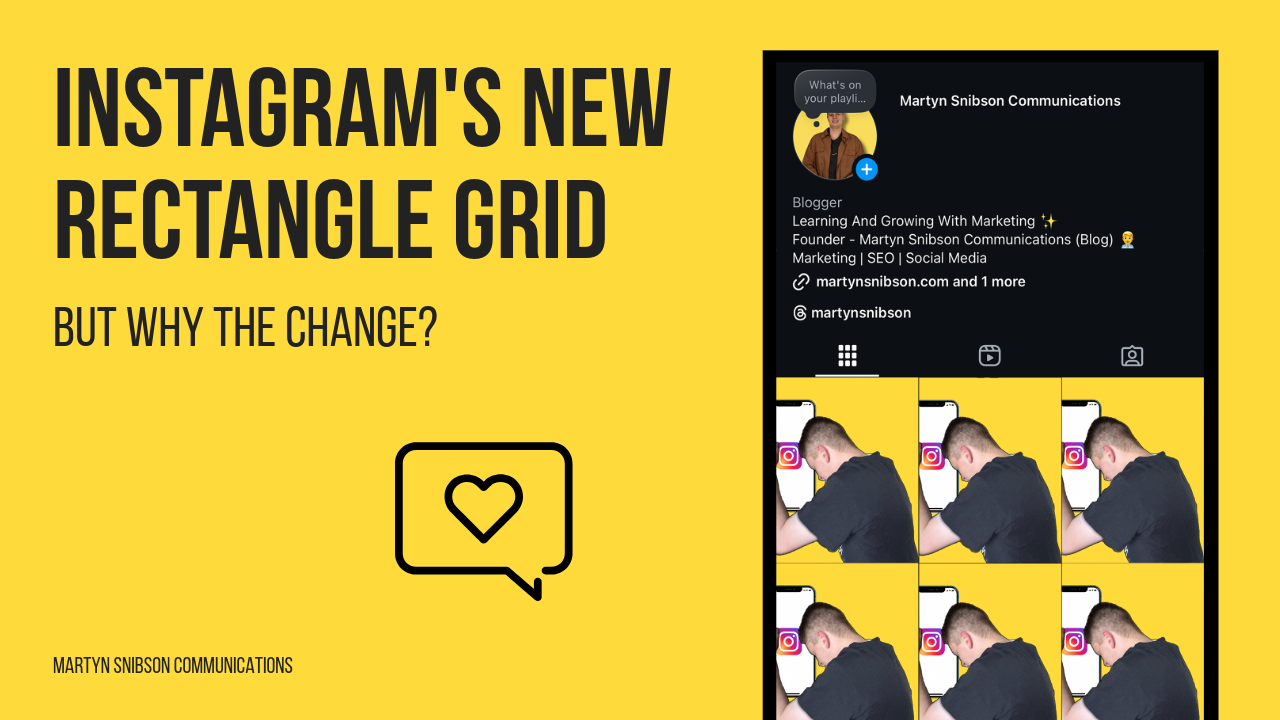








Pingback: What Is the AIDA Formula? A Marketer’s Secret Weapon!
Pingback: Sell Like Crazy By Sabri Suby – Five Brutally Honest Lessons For Marketers – Martyn Snibson Communications